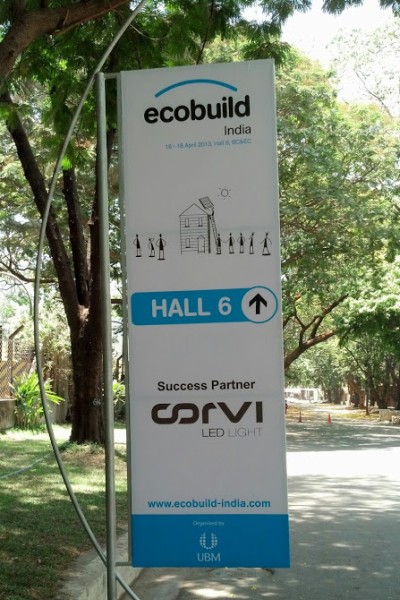
Image Source: Flickr
I’ve said it before and I’ll say it again: urban dwellers have an obsession with paving every possible open space.
Housing society compound?
Pave it — we need to park our cars!
Open area where social interactions take place?
Pave it — our clothes get muddy!
Barely-used internal road?
Pave it — we get stuck in the monsoon and it’s hell on the tyres!
If we Must Pave, Let it be Permeable
Some of this paving may well be justified but, because it is done indiscriminately, it leads to a boatload of problems related to the water table, the health of the city’s trees and even the heat we’re subjected to. I’ve written all this in greater detail elsewhere on this site but this particular post is about a type of product that could help in such situations.
In late 2015, there was a buzz in the construction world as Lafarge UK showcased a super-porous asphalt that could guzzle an incredible 4000 litres of water in about a minute. Media started calling it “thirsty concrete” and truly, if you watch the video below, it does look like the water is vanishing into desert sands.
Permeable Concrete Video
I have never been a great fan of the wasteful use of concrete but, when it is required, the least we can do as architects is to try and use it correctly. Unfortunately, at least as far as I can tell, this product and others like it are not readily available in India. In fact the only case I know of permeable concrete being used, is for a parking lot at Jaipur railway station.
Unless architects and engineers specify such products and create a market for them, there is no way that companies will manufacture them here. I do hope some of my brethren in the industry take up the call.



 Yesterday was my day to visit Bombay Exhibition Centre at Goregaon for this year’s
Yesterday was my day to visit Bombay Exhibition Centre at Goregaon for this year’s